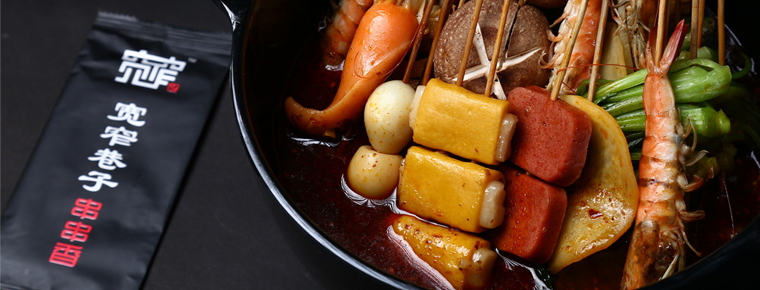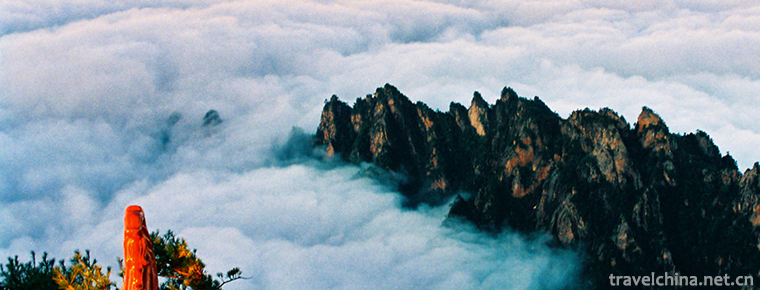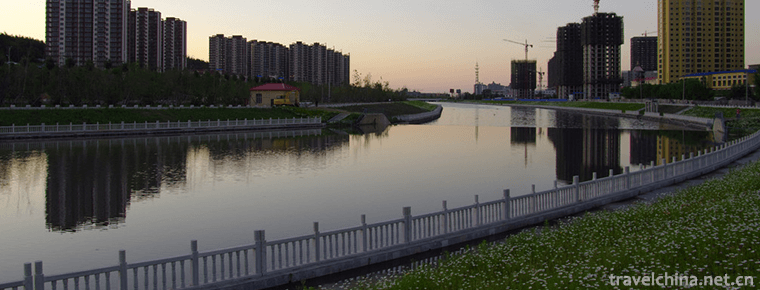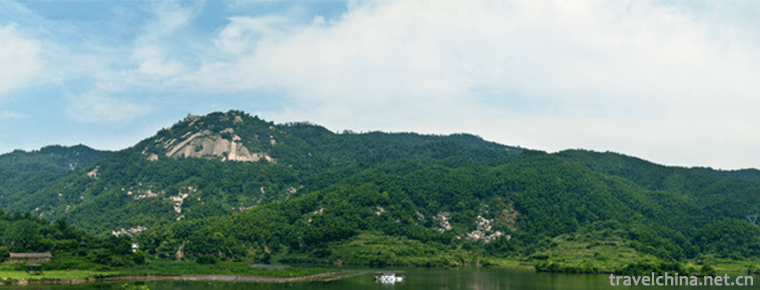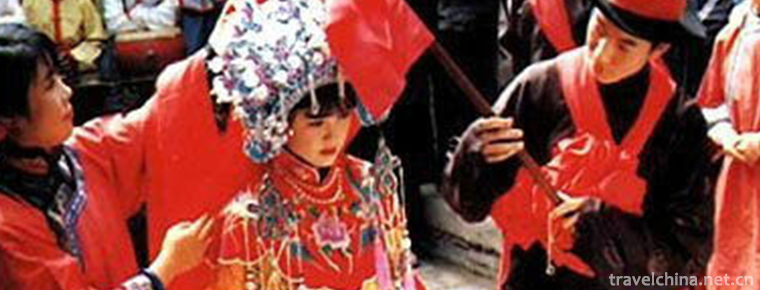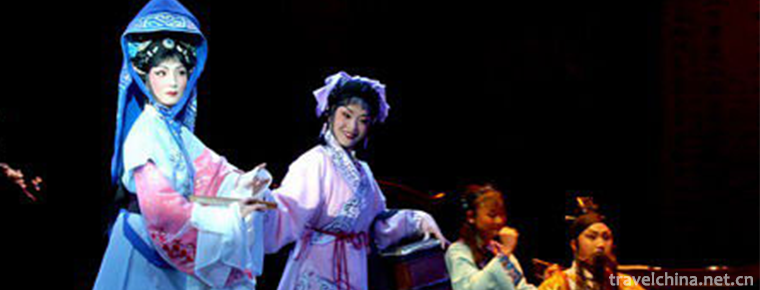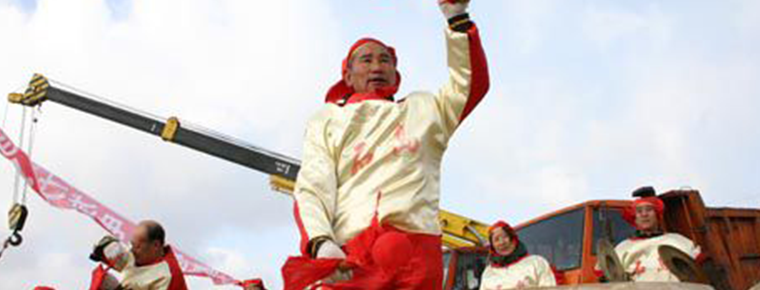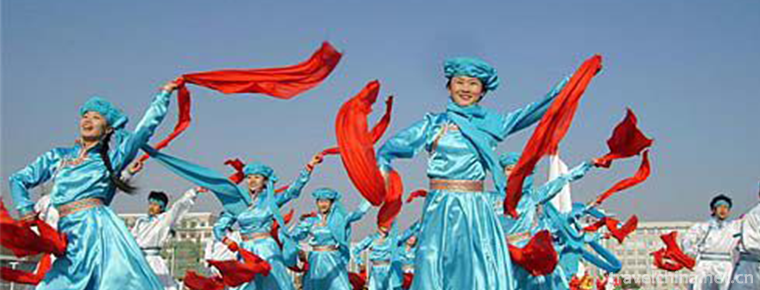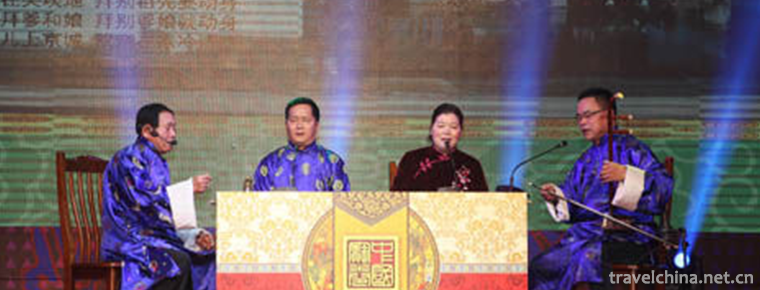Panwang Song
Panwang Song
Panwang Song is a collection of Yao folk poetry. Mainly spread in the residential areas of the Yao nationality in Nanling Mountains, Jianghua is a folk literature with distinct national characteristics. It is the ritual activities of the Yao people to sacrifice Panwang from generation to generation and the creation and production of rich ancient songs and historical songs in their production and life. It began in primitive society, took shape in the Jin Dynasty, formed in the Tang and Song Dynasties, and matured in the late Ming and early Qing Dynasties.
With fantastic imagination and ingenious artistic techniques, it narrates the formation and development of human beings, nations, heaven and earth, as well as the arduous process of the creation of human ancestors. At the same time, they vividly portrayed the images of Fu Xi, Liu Wang, Pan Wang, Tang Wang, Zhu Wang, Warm Wang, Lu Ban, Liu San and Li Guang, profoundly eulogized the heroes and working people who benefited the people and dared to struggle, enthusiastically praised the good and beautiful, and mercilessly criticized the rulers of the fishy people and the cunning and rich people who exploited the people, and loathed the idle and loathsome people. They also made bitter ironies and lashes.
On November 11, 2014, Panwang Dage was listed in the fourth batch of national intangible cultural heritage list with the approval of the State Council.
(An overview of the handwritten copy of Panwang Song discovered in Xiangjiang Township during the Qing Dynasty )
Historical Origin
The Yao people are descendants of Pan Wang. In order to commemorate Pan Wang, the Yao people hold Pan Wang Festival (also known as Pan Gu Wang Festival) every year. The time is uncertain, some in July of the lunar calendar, some in October of the lunar calendar. It is said that when the Yao people crossed the sea during their migration, they met with strong winds and waves and prayed to the King Pan for a safe escape from danger by promising "good wishes of the song hall", and then "returned the King's wishes" from time to time. After "Panwang Festival" and "Return the King's Wish", the Taoist master sings "Panwang Song".
"Panwang Song" is also known as "Panwang Song Book" and "Lou Yue Book Volume II", about 8,000 lines. There were copies very early. The earliest copies found now were in the reign of Qianlong in the Qing Dynasty, but they were mainly handed down orally. There are 36, 24 and 12 versions. The latter two versions are extracts of the former version. Thirty-six verses, including thirty-six songs and seven songs, contain myths, legends, ethnic history and production, life, customs, religion and so on. They are known as the Encyclopedia of Yao people.
The reason why Panwang Song has a huge scale is that people continue to collect all kinds of ballads sung during the "return of the King's Wish" and form a handwritten copy of Panwang Song with various styles and complicated contents.
primary coverage
Panwang Song is a collection of Yao folk poetry. Mainly spread in the Nanling Mountains, where the Yao people live mainly in Jianghua, is the ritual activities of offering sacrifices to Panwang from generation to generation and the creation, production and development of rich ancient songs and historical songs in the production and life of the Yao people. It began in primitive society, took shape in the Jin Dynasty, formed in the Tang and Song Dynasties, and matured in the late Ming and early Qing Dynasties. During the reign of Qianlong in the Qing Dynasty, the earliest manuscript of Panwang Song was found. The manuscript consists of twelve, twenty-four and thirty-six paragraphs, each of which has more than three thousand lines. It is composed of Xu Song, Interlude Song, Zheng Song and Miscellaneous Song. It mainly includes the natural view of Yao ancestors, the theory of human origin, the birth and migration of Yao, the marriage and love of Yao, and the history of Yao's entrepreneurship. It is an "encyclopedia" in Yao society.
Manifestation
"Panwang Song" uses unique parallelism, uses the national language refined from generation to generation, combines the fantastic imagination with the reality of life, reveals the essence and inner feelings of life, and creates an artistic image with magical charm by using the romantic technique originating from life but higher than life. When singing, we use the traditional singing voice of our nation. Men and women are singing in pairs. They are melodious, ups and downs. They have a strong flavor of life and distinct national characteristics.
Inheritance Significance
Panwang Dage is the concentration and reflection of Yao's history and culture. It is the living fossil of Yao's culture research. It is of great significance to enhance the sense of national belonging, inspire national spirit, strengthen national unity, build a harmonious society, enhance national cohesion and sustainable development of Yao's economy and society.
Protection of Cultural Relics
Panwang Song was listed in the fourth batch of national intangible cultural heritage on July 18, 2014.
On May 22, 2018, when literary and artistic workers in Jianghua Yao Autonomous County collected folk cultural materials, Zhao Gengmei, 68, in Tuojiang Town, County Town, saw three handwritten copies of Panwang Song. The earliest one was handwritten in the Qing and Jiaqing Dynasties, more than 200 years ago. This is also the earliest handwritten copy of Panwang Song that can be seen at present. The other two handwritten copies of Panwang Song kept by Zhao Gengmei's family, one in Guangxu Period of Qing Dynasty and the other in Xuantong Period of Qing Dynasty, are all written in block letters with brush strokes, each of which has more than 6000 words.
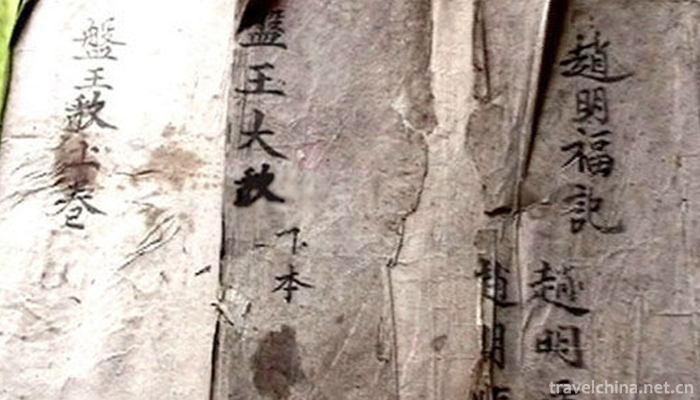
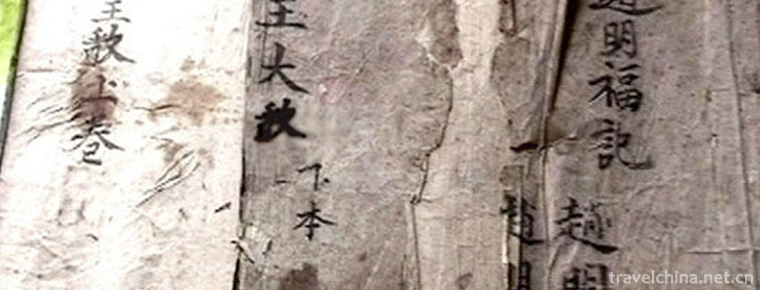
Panwang Song
-
Old boundary ridge of Funiu Mountain
Laojieling is located in the north of Xixia County, Nanyang City, Henan Province. It is located in the upper part of the south slope of Funiu Mountain
Views: 141 Time 2018-12-09 -
Anbang River National Wetland Park
Anbang River National Wetland Park is built on the basis of Anbang River Provincial Wetland Nature Reserve, which is located in Shuangyashan City, Heilongjiang Province
Views: 161 Time 2019-01-02 -
Lion Peak in Meiling
Lion Peak in Meiling is a combination of Lion Peak, Panxi Lake and Wangshijian. The mountain is like a squatting lion, so it is called Lion Peak. Lion Peak in Meiling is only 260 meters
Views: 331 Time 2019-02-07 -
Changshan Cheerful Ballads
In Changshan, the custom of applauding when marrying and bridging a new house has been popular among the people since ancient times for the sake of luck. The content of applause for marriage
Views: 390 Time 2019-04-16 -
Dian Opera
Yunnan Opera is one of the local operas in Yunnan Province. Silk string (originated from the earlier Qin Opera), Xiangyang (originated from the Xianghe School of Han Diao) and Huqin (originated from H
Views: 169 Time 2019-04-26 -
Jiaodong drum
Jiaodong Drum is a folk folk folk art form which originated in the coastal counties of Jiaodong Peninsula. It has a history of more than 260 years so far. It originated from the blind
Views: 336 Time 2019-05-06 -
Andai Dance of Mongolian Nationality
Andai Dance originated from the Kulun Banner. According to textual research, Andai Dance was formed in the late Ming and early Qing Dynasty. At that time, the Kulun system was "the unity of polit
Views: 162 Time 2019-06-03 -
Shaoxing Xuanjuan
Shaoxing Xuanjuan is a traditional rap art with religious color, which is mainly used to worship gods and pray for blessings. Since Tang Dynasty, it has developed into folk art in Qing Dynasty. The So
Views: 196 Time 2019-06-14 -
Your smile is so beautiful Tik Tok Songs 2020 Hot Songs
The most pleasant thing is to listen to a song like the spring breeze, pure and clean children's voice washing the city's dusty heart.
Views: 439 Time 2020-05-21 -
Meishan science and technology
In 2019, 80 science and technology projects above the municipal level will be organized and implemented, and 27.73 million yuan of free science and technology project funds will be put in place. In the whole year, 433 patents were applied and 94 patents were
Views: 368 Time 2020-12-18 -
Dazhou Education
In 2019, there are 1455 schools of all kinds in Dazhou. Among them, there are 283 primary schools, 397 ordinary middle schools, 2 ordinary colleges and universities, 33 secondary vocational education schools and 1 adult higher school. There are
Views: 217 Time 2020-12-20
